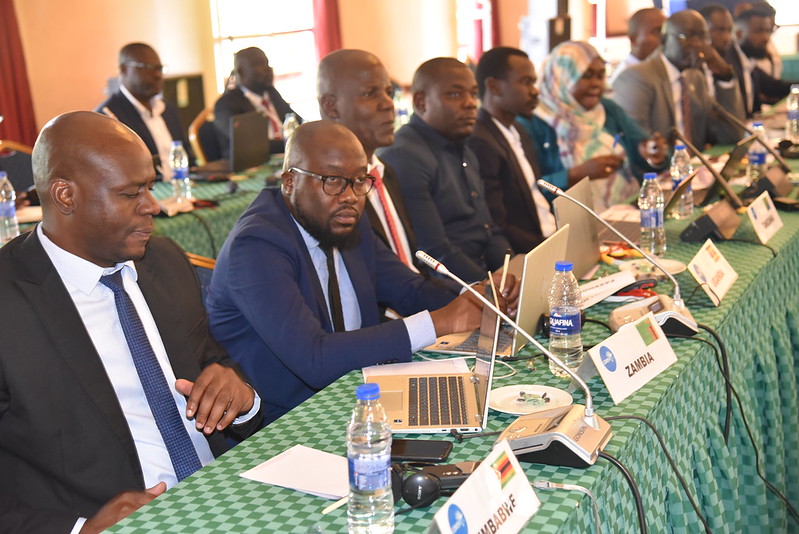
Kampala, March 28, 2024: Close to 50 experts in the Information and Communications Technology (ICT) sector from Eastern Africa, Southern Africa, and the Indian Ocean region have validated the draft Policy and Regulatory frameworks for fibre infrastructures. These frameworks will help enhance digital development in the region.
During a validation workshop held in Kampala, Uganda from 25th to 27th March 2024, officials acknowledged existing gaps in missing links which result in inefficiency and non-cost-effective utilization of installed capacity in the 29 Member States of the Eastern Africa, Southern Africa, and the Indian Ocean region (EA-SA-IO).
To promote efficient and cost-effective deployments and use of optical fibre cable infrastructure and services, the European Union funded Programme on Enhancement of Governance and Enabling Environment in the ICT sector (EGEE-ICT), supported several activities of this cause.
The first activity was a study on optical fibre cable infrastructure, which identified missing links, capital and operational costs associated with fibre networks, and recommended appropriate policy and regulatory interventions to enable efficient and cost-effective utilization and deployment of fibre networks.
The policy and regulatory frameworks will guide the development of national frameworks at a regional and national level and support an enabling environment to accelerate the rollout of fibre-based broadband networks and penetration and use of fibre-based broadband services through effective infrastructure sharing in the EA-SA-IO region.
Additionally, a strategic framework of cooperation was developed to foster regional cooperation for the advancement of cross-border backbone fibre networks in Africa. This was necessitated by the need to improve policies, infrastructure connectivity, and access to ICT and to help the region develop policies and regulatory frameworks for open access and infrastructure sharing.
In this regard, two draft documents were developed to stimulate investments into regional communications infrastructure and improve access to ICT services in the five regional economic communities covered by the EGEE-ICT programme. They are COMESA, East African Community (EAC), Intergovernmental Authority on Development (IGAD), Southern African Development Community (SADC), and the Indian Ocean Commission (IOC).
Speaking at the opening of the workshop, Permanent Secretary in the Ministry of ICT and National Guidance, Uganda, Dr. Aminah Zawedde noted that only 37% of Africans were using the Internet.
“There is need to improve ICT infrastructure coverage and target the underserved and unserved communities,” she emphasized. “To bridge the gap, digital infrastructure investments will require 250,000 new 4G base stations and at least 250,000 kilometers of fiber in Africa.”
Senior Telecommunications Officer in COMESA, Mr. Leonard Chitundu, stated that the two documents will facilitate the sharing of optical fibre cable infrastructure among operators, leading to a reduction in the macroeconomic cost of fibre deployments, enhanced competition and access, and ultimately, improved affordability of fibre services.
One of the recommendations in the Draft Policy and Strategic Framework is to ensure that infrastructure deployment is encouraged locally and that dominance in national markets is not leveraged detrimentally into cross-border services.
Other partners in the meeting included the East African Communications Organisation (EACO) and the Southern Africa Telecommunication Association (SATA).

